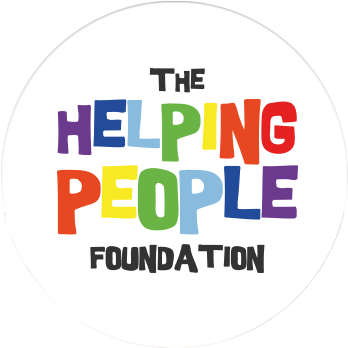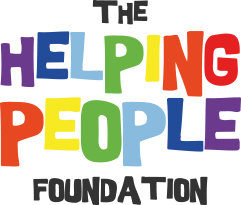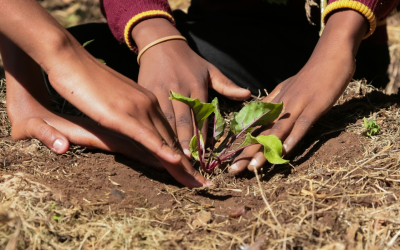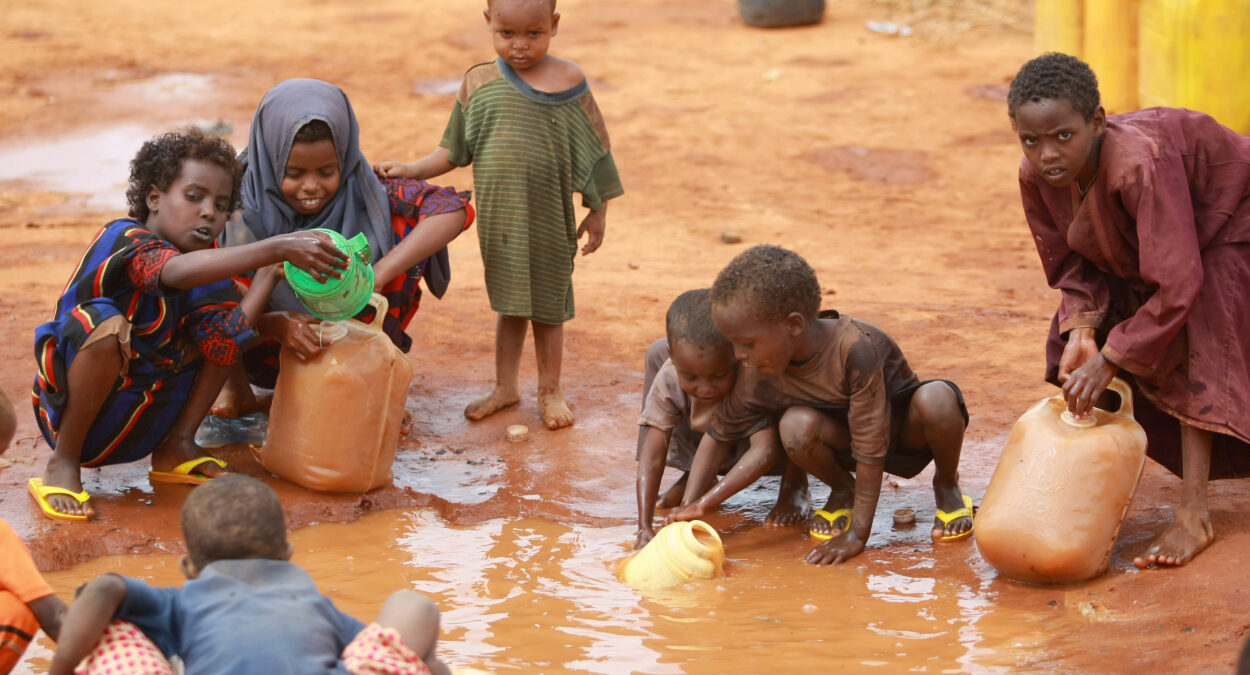CURRENT LIVING CONDITIONS IN NIGER
SCHOOL
There is compulsory education for all Nigerien children from the age of seven. The school is free of charge. Two thirds attend secondary school afterwards. From traditional, Islamist-influenced educational bids, significantly more girls than boys come to school. The teaching is in French; but there also are many children, who attend Koranic schools.
Lack of resources characterises the school system. Where there is a permanent building at all instead of a simple mud hut, there is a lack of a blackboard, tables and benches. Up to 100 students often huddle on the bare floor, the total front-of-class teaching simply passes most of them by. With poverty, the risk of complete illiteracy increases. Children are often also forced to abandon their education in order to work. The literacy rate is about 20%.
MEDICINE
Access to minimal healthcare is only available in the big cities. The health sector suffers from widespread corruption and a chronic lack of money in the country, as well as from inadequate water supply and poor sanitary infrastructure. Infant and maternal mortality rates are among the highest in the world. Major problems are always caused by (preventable) infectious diseases, which build up on the increasing natural disasters such as floods. Tuberculosis, diarrhoea, cholera, malaria, yellow fever, meningococcal meningitis, dengue fever, schistosomiasis, hepatitis, rabies are a daily threat. Due to malnutrition and little vaccination protection (where possible at all), people are poorly equipped to counter this danger. AIDS is very common, it is estimated that more than 1.1% of the population was HIV positive in 2020.
Water
A major problem in the drought and desert country south of the Sahel is water scarcity. In rural areas, half of the people have only difficult access to clean drinking water, and 30% have no access at all. Traditionally, the country's inhabitants get their water from cisterns and the few natural wells, sometimes from water holes that often become deserted in the dry season. Poor water quality and malnutrition are the main causes of child mortality.
The government is working on the water supply, but can make little difference without foreign aid. Around a quarter of city inhabitants do not have a clean and safe drinking water supply, with far-reaching consequences for settlement construction, health and agriculture. Where the situation is improving, this is thanks to the administrative commitment and financial strength of foreign countries.
nutrition
In Niger, there is a food crisis throughout. The cause of the recurring famines. This is especially true in the areas around Filingué, Dakoro and Téra, which are inhabited by traditional pastoralists. Niger is a landlocked country with no connection to the sea. There are no deep-sea ports and only a few navigable rivers; relief supplies must without exception be transported by land, which is poorly structured. The area consists mainly of deserts. Deforestation, overgrazing and overexploitation as acts of desperation, as well as the influence of climate change, have a compounding effect. In addition, there is high population growth due to one of the highest birth rates in the world. Agriculture is underdeveloped in terms of agricultural technology. Pest infestations such as locust plagues have a devastating impact on harvests, as do natural disasters such as heavy rains and floods.

Geography
Niger is a landlocked country without access to the sea. The country is bordered by its centrally located Aïr Mountains, whose peak Idoukal-n-Taghès at 2022m, is the highest elevation in the country. The mountain range is surrounded by deserts in all directions. To the east lies the largest, the Erg du Ténéré, followed by the Grand Erg de Bilma and the Kaouar Valley up to the neighbouring country of Chad. To the north, the Ténéré merges into the Djado Plateau, and to the northeast into the Tibesti Mountains. All desert areas are part of the Sahara and together they cover about two thirds of the country’s territory.
Large parts of the Ténéré and the Aïr belong to a nature reserve, which is a UNESCO World Heritage Site. South of the Aïr Mountains, there is an important fossil site from the Early Cretaceous period, also called the “dinosaur graveyard of the Sahara” because of the numerous dinosaur remains. One third of the south and southeast belong to the Saharan fringe zone. Since the 1960s, there has been a threat of increasing desertification of the area, which is destroying the savannah landscape. In the southeast, there also is a part of Lake Chad, which however dries up in the dry seasons up to beyond the border with Chad. Africa's third largest river, the Niger, flows through the southwest of the country. Here, the most fertile land stretches for 650 kilometres and there borders the neighbouring country of Benin.
Niger has a hot and dry climate all year round, only the south has a five-month rainy season from June to October due to the West African monsoon. North of there has practically no precipitation. This is one of the reasons why the dry savannah that predominates in the south changes towards the north into a thorn bush savannah and then into a semi- to full desert. Several droughts have already shifted the balance alarmingly towards desert. Flora and fauna in Niger are threatened.

History
The country was settled in early times, as archaeological finds prove in large numbers. The spread of Islam ensured increasing organization of the Nigerien population from the year 660 onward. Until the late colonization by the French at the beginning of the 20th century, these early forms of government were of great importance. In 1921, Niger became part of French West Africa. When the colonial state's borders were drawn, however, all of the country's ethnic, cultural and linguistic characteristics were completely disregarded and had to be subordinated to the goals of a centralized colonial policy. The constitutional territorial assembly on the eve of independence gave the country a parliamentary election. On December 18, 1958, Niger finally became an autonomous republic within the French Community (Communauté française).
The release into independence followed on 3rd August 1960. Like many of its African neighbours, however, the country found no peace as a result. Ethnic uprisings, such as a Tuareg rebellion, tensions with neighbouring Mali, disputes over resource extraction provided enough potential for conflict in the fifty years after the detachment from France. The last military coup took place in 2010, and the country only returned to democratic elections a year later. Power has already passed through the hands of ten presidents. The country's stability is considered alarmingly low; democracy, freedom of the press and propensity for corruption are questionable and can hardly be measured by Western standards. Human rights are still in a bad way. According to reports by “Human Rights Watch”, Nigerien security forces killed or abducted more than 150 people in 2019-2020 alone.
The National Human Rights Commission in Nigeria only acknowledges the disappearance of 102 people; bodies of 71 of those affected have since been discovered in mass graves. As an almost isolated landlocked country, Niger is however very interested in good relations with the outside world. Even during the “Cold War”, Niger declared its neutrality and joined the “Non-Aligned States” in order not to get caught up in the mills of the conflicting parties. Niger attaches great importance to its relations with neighbouring West African countries, the countries of the Islamic world, the United States of America and the People's Republic of China as its most important trading partner. Traditionally, the best partner country is still the former colonial power France, which is still the largest net contributor of development aid. In return, significant uranium supplies for France's nuclear industry come from Niger. The Nigerien government's security cooperation efforts are geared towards good relations with Western countries, especially the United States. American soldiers are stationed in the country. They are to train security forces and local troops and increase stability in the otherwise barely controlled regions of the country.

Economics
The gross domestic product in Niger has increased almost six-fold over the last two decades. This contrasts with the rapid population growth, which has resulted in only a small increase in per capita income. Niger is still one of the ten poorest countries in the world. Over 40% of national income is generated by the agricultural sector, only 20% by industrial production and the rest by the service sector.
The country is and will be dependent on foreign aid for decades to come. Over 40% live in poverty.The number one export is uranium mined by the French state-owned company ORANO north of Agadez, which accounts for 70% of the total exports. Niger's state participation is very low at just under one third. Niger is the largest African uranium producer and the fifth largest in the world. France covers 40% of its uranium needs here, but China is also showing increasing interest in Niger's uranium deposits. Apart from uranium, gold has been mined in Niger since 2004, oil production has come third since 2011, followed by phosphate, gypsum and limestone. China is engaged in significant coal mining, especially in the area around Tahoua.
Differences in the regions of the country/between the ethnic groups The Haussa are the largest majority, accounting for a good half of Niger's population, and populate the central south on the border with the neighbouring country of Nigeria. The Zarma and the Songhai are significant population groups, together accounting for about one fifth. The Tuareg, some of whom are nomadic, make up one tenth, as do the Fulbe in the Sahel. With just under five percent, the Beri-Beri are already a minority.
Already in the French colonial period, Songhai and Zarma were mostly favoured in the allocation of key political and administrative positions to Nigeriens.This disproportionality in terms of representation among the population continued during the period of the independent republic and offers a lot of potential for conflict to this day. Niger is also still home to about 3,000 French people, who were born there; foreigners and immigrants are in the minority at less than two percent. The official language in Niger is traditionally French, but there are also ten recognised national languages, the most prominent of which are the Hausa, which is the mother tongue of around 56% of the population and understood by around 85%, and Songhai Zarma, which is spoken by around 20% of the population. Other national languages are Tamascheq, Fulfulde, with shares of less than 10% each. Kanuri, Buduma, Gourmanchéma, Tasawaq and Tubu are spoken by less then five percent people each. Arabic is spoken by only three percent of the population, but it is also the national language of instruction for Islamic religious education. This is and was very successful in the country, the majority of Nigeriens profess Islam (counted 95% in 2007), almost all Sunnis from the Malikite school of law. For the rest of the population, Christianity and traditional African religions represent their faith.

POLITICAL STABILITY CHALLENGE
Niger is a semi-presidential republic, with President Mohamed Bazoum and his two heads of government, Ouhoumoudou and Mahamadou, as heads of state. By European standards, this form of government can be called “authoritarian”, and democratic parliamentary elections do little to change that.
There have been several bloody terrorist attacks in West Africa in the past. In Mali and Niger, at least 140 people were killed in 2021. The governments, military and security forces cannot get the situation under control. A particular threat is posed by Islamist rebels, who subordinate typical national conflicts and traditionally fragile state deficits to their intentions and exploit them. Flight and displacement from armed conflicts, hunger and disease have shaped the lives of the people in Niger for decades and driven the high poverty rate even higher.
Domestic agriculture is hardly in a position to effectively combat the food shortage, and in view of the rapid population growth, the situation is almost hopeless in the long run. Instability, corruption and nepotism prevent the country's few export goods from being used to increase the prosperity of the population. Poverty is growing, the country is stagnating. Niger will therefore continue to depend on structural and development aid, aid deliveries and donations from abroad for years to come.
Sources:
goruma. Niger: History. In the 20th century, URL: https://www.goruma.de/laender/afrika/niger/geschichte (last accessed 28.01.2022)
humedica.org: Information on Niger; URL: https://www.humedica.org/projekte/niger/index_ger.html (last accessed 28.01.2022)
statista. Niger: Total population from 1980 to 2009 and projections to 2026 (in millions of inhabitants); URL: https://de.statista.com/statistik/daten/studie/413569/umfrage/gesamtbevoelkerung-von-niger/ (as at: 21.01.2022)



